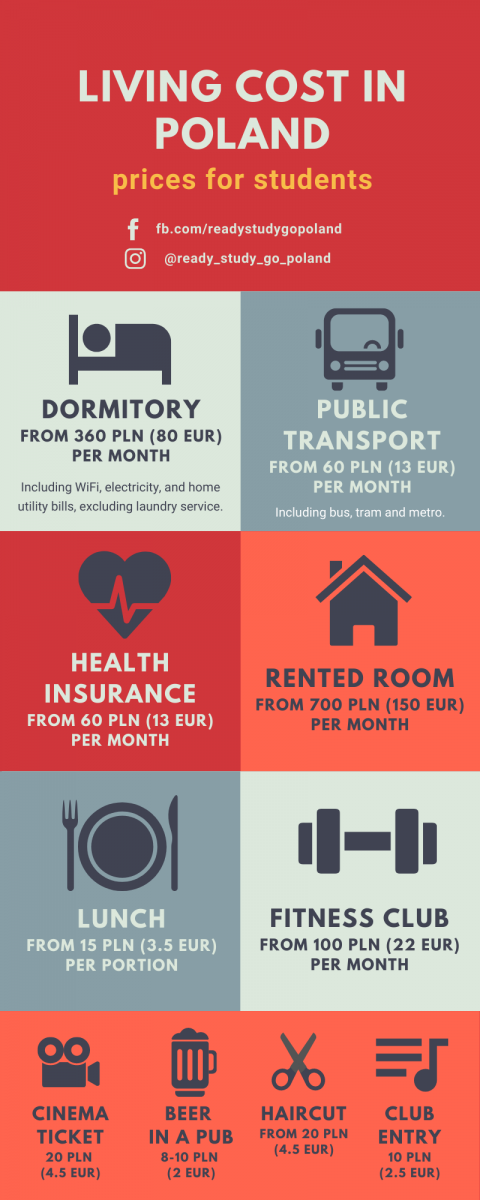Poland's Political Landscape: Communist Past to Democratic Present
Many individuals across the globe often ask a widely debated question, "Is Poland a communist or a democratic country?" To properly address this query, an exploration of Poland's complex political history is required. Let's delve into the transition of Poland from a communist state to a full-fledged democracy.
Understanding Poland's Political History
The history of Poland's political system has seen a significant transformation over the years. The connection of Poland with communism traces back to the post World War II era when it was named the Polish People's Republic. However, the roots of democracy now run deep in contemporary Poland, transforming its image on the global political map.
Poland's Transition from Communism
The era of the Polish People's Republic marked the predominance of communism in the country's political fabric. Post World War II, the country's administration was taken over by the Soviet Union, leading to the establishment of a communist regime. This phase lasted from 1947 till 1989, dramatically shaping Poland's political, economic, and social structure.
Over time, due to solidifying labor movements and increased foreign influence, Poland began to transition from a communist state. By the late 1980s, the Solidarity movement had sped up the change, leading to the country's transition towards democracy. This shift was formally recognized with the Round Table Agreement in 1989, marking a move from single-party rule to multi-party governance.
The Emergence of Democracy in Poland
Post the Round Table Agreement, Poland embarked on its democratic journey. The first-ever partially free parliamentary elections were held in 1989. The subsequent years saw a series of political reforms that led to the establishment of democracy in the true sense. By 1990, the Polish People's Republic officially dissolved, making way for democratic governance.
The country continued its progressive streak with the adaptation of the new constitution in 1997. This marked a firm step in its democratic evolution, underlining the principles of rule of law, equality, social justice, and respect for civil liberties.
Poland's Inclusion in the European Union
The ultimate recognition of Poland as a democratic nation came with its admission into the European Union in 2004. The country's democratic constitution and proactive efforts to uphold democratic principles were key reasons for its acceptance. This membership not only underscored Poland's democratic status but also boosted its ties with other democratic nations in Europe, allowing for increased political and economic cooperation.
The Present Day Democratic Poland
Fast forward to the present, Poland is a thriving democratic nation. It continues to practice democratic principles in its governance, emphasizing human rights protection, media freedom, and political plurality. Despite the remnants of communism in its past, its current political landscape is a testament to democratic values.
In conclusion, Poland has successfully transitioned from its communist past to a democratic present. Despite the challenges it has faced over the years, the country's commitment to democratic rule remains unwavering. As such, it is accurate to classify Poland as a democratic country today, a transformation that reflects the nation's resilience and steadfastness.



